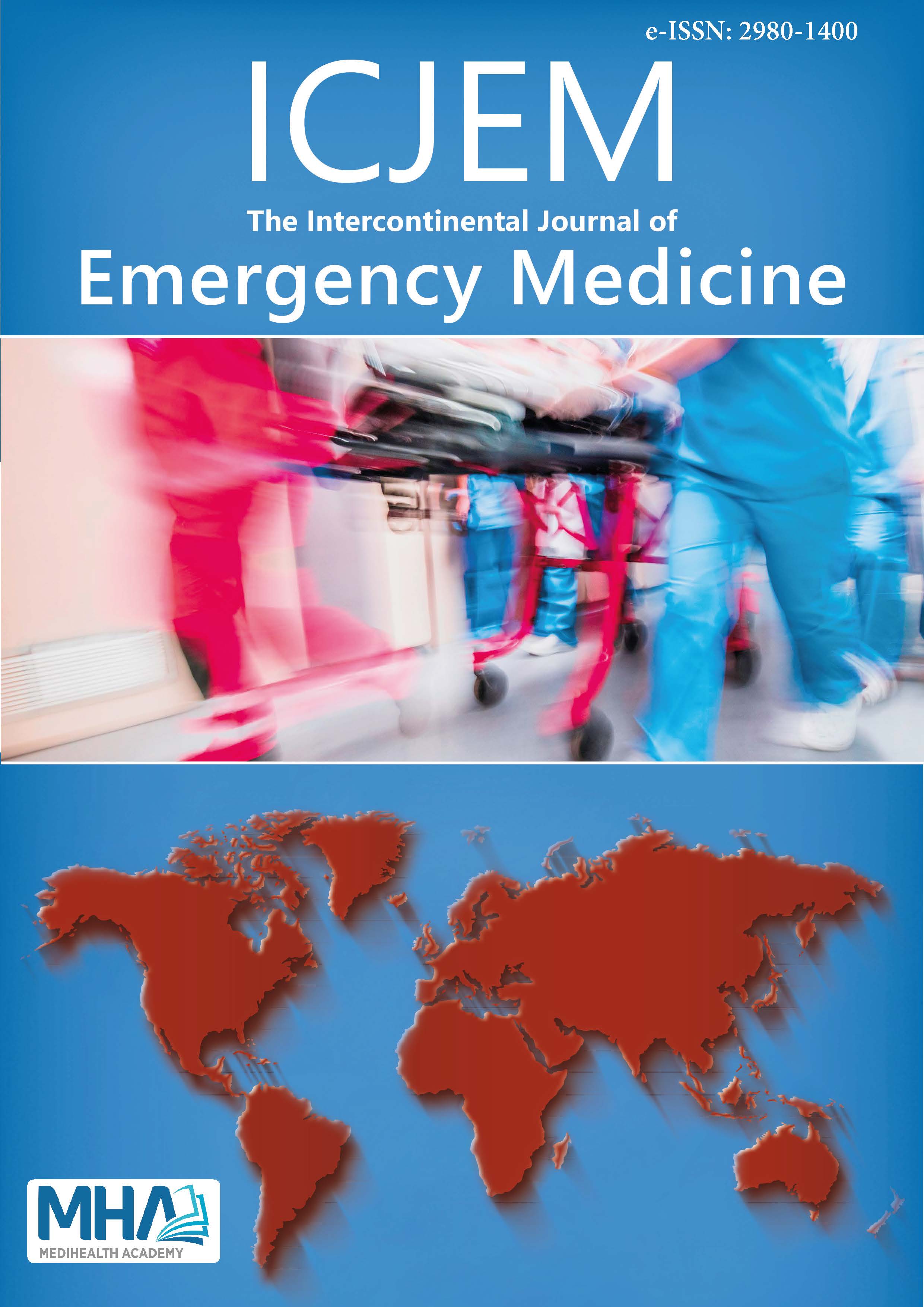1. Stoner MJ, Dulaurier M. Pediatric ENT emergencies. Emerg Med ClinNorth Am. 2013; 31: 795-808.
2. Awad AH, ElTaher M. ENT Foreign bodies: An experience. Int ArchOtorhinolaryngol. 2018; 22: 146-151.
3. Ibekwe UM. Otorhinolaryngological Emergencies in a tertiary hospitalin port harcourt. Niger J Clin Pract. 2017; 20: 606-609.
4. Cevik C, Tekir O. Evaluation of emergency department applicationsin terms of diagnosis codes, triage and sociodemographic aspects.Balıkesir Journal of Health Sciences. 2014; 3: 102-107.
5. Woods RS, Keane E, Timon CV, Hone S. Prospective audit of adedicated ear, nose and throat emergency department and 24-yearcomparison. Ir J Med Sci. 2017; 186(1): 247-254.
6. Prestes L, Hamerschmidt R, Tenorio S, Moreira AT, Tambara E.Epidemiologic profile of an otolaryngologic emergency service. Int ArchOtorhinolaryngol. 2014; 18(4): 380-382.
7. Symvoulakis EK, Klinis S, Alegakis A, Kyrmizakis DE, Drivas EI,Rachiotis G, et al. Epidemiologic profile of otorhinolaryngological, headand neck disorders in a tertiary hospital unit in Greece: a challenge forgeneral practitioners? BMC Ear Nose Throat Disord. 2006; 6(12): 1-7.
8. Lammens F, Lemkens N, Laureyns G, Lemmens W, Van Camp L,Lemkens P. Epidemiology of ENT emergencies. B-ENT. 2014; 10(2): 87-92.
9. Yojana S, Mehta K, Girish M. Epidemiological profile ofotorhinolaryngological emergencies at a medical college, in rural areaof gujarat. Indian J Otolaryngol Head Neck Surg. 2012; 64(3): 218-224.
10. Furtado PL, Nakanishi M, Rezende GL, Granjeiro RC, de Oliveira TS.Clinic-epidemiological analysis of an otorhinolaryngology emergencyunit care in a tertiary hospital. Braz J Otorhinolaryngol. 2011; 77(4):426-431.
11. Pino Rivero V, Trinidad Ruiz G, González Palomino A, et al. Consideracionessobre las urgencias ORL. Análisis de 30,000 pacientes atendidos en10 años [Considerations about ENT emergencies. Analysis of 30000patients assisted in 10 years]. Acta Otorrinolaringol Esp. 2005; 56(5):198-201.
12. Timsit CA, Bouchene K, Olfatpour B, Herman P, Tran Ba Huy P. Etudeépidémiologique et clinique portant sur 20 563 patients accueillisà la grande garde d’urgences ORL adultes de Paris Ile-de-France[Epidemiology and clinical findings in 20,563 patients attending theLariboisière Hospital ENT Adult Emergency Clinic]. Ann Otolaryngol Chir Cervicofac. 2001; 118(4): 215-224.

